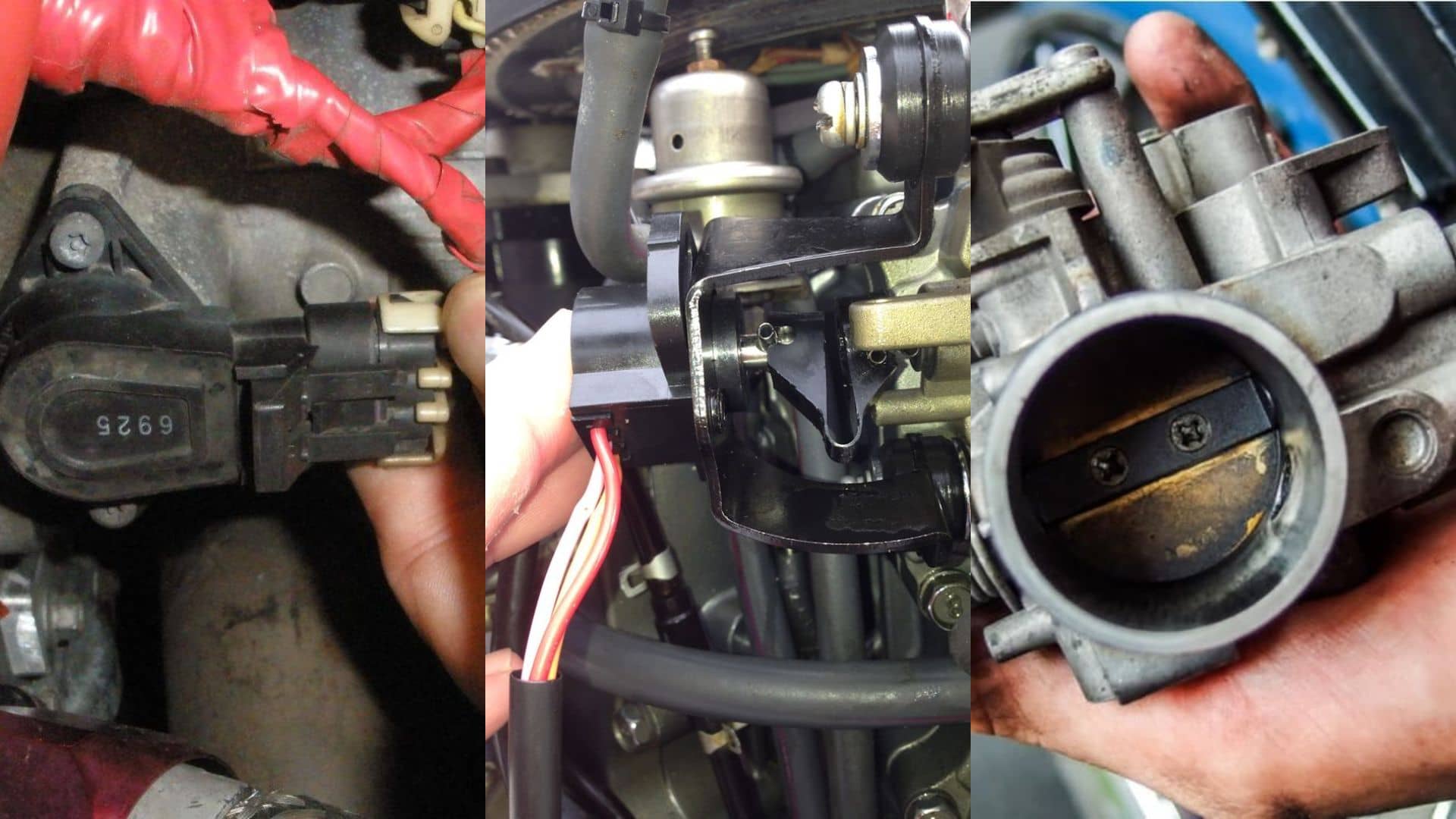The Role of TPS in Modern Vehicles: Importance and Functionality
Understanding the Throttle Position Sensor (TPS)
The Throttle Position Sensor (TPS) is a vital component in modern vehicles, ensuring optimal engine performance by monitoring the position of the throttle valve. Located on the throttle body, this sensor measures how far the throttle is open, which is directly influenced by how much pressure the driver applies to the accelerator pedal. The TPS sends this data to the Engine Control Module (ECM), which uses it to regulate fuel injection, ignition timing, and other critical engine functions.
The TPS operates by detecting changes in throttle position and converting them into an electrical signal. This signal provides real-time feedback to the ECM, allowing it to adjust the air-fuel mixture for efficient combustion. Depending on the type of TPS, this measurement can be achieved through different mechanisms. Potentiometer-based sensors use variable resistors to track throttle movement, while Hall effect sensors rely on magnetic fields to detect changes in position.
Modern TPS systems often incorporate dual circuits for added accuracy and redundancy. For instance, in advanced setups, two signals (VTA1 and VTA2) are sent to the ECM, with one acting as a backup in case of failure. This ensures reliable engine operation even under challenging conditions.
By maintaining precise control over throttle input, the TPS plays a key role in enhancing drivability, fuel efficiency, and emissions control. Its integration with other vehicle systems makes it indispensable in today’s automotive technology. A properly functioning TPS not only ensures smooth acceleration but also contributes to overall vehicle safety and performance.
Core Functions of the TPS
The Throttle Position Sensor (TPS) serves several critical functions in modern vehicles, fundamentally impacting engine performance and efficiency. Here are the core functions of the TPS:
1. Monitoring Throttle Position: The primary role of the TPS is to continuously measure the angle of the throttle plate as it opens and closes. This measurement is crucial as it directly correlates with how much air enters the engine, which in turn affects engine power output and responsiveness. The sensor relays this information to the Engine Control Module (ECM), which processes it to make real-time adjustments.
2. Optimizing Air-Fuel Mixture: By providing precise throttle position data, the TPS enables the ECM to adjust the air-fuel mixture for optimal combustion. When the throttle opens wider, allowing more air into the engine, the ECM can increase fuel injection to maintain an efficient mixture. This optimization is essential for maximizing power while minimizing emissions.
3. Controlling Ignition Timing: The TPS also plays a vital role in determining ignition timing. As it reports changes in throttle position, the ECM can adjust when to ignite the fuel-air mixture in the combustion chamber. Proper ignition timing is crucial for engine performance, affecting acceleration and overall drivability.
4. Enhancing Drivability: A well-functioning TPS contributes to smoother acceleration and deceleration by accurately reflecting driver input. This responsiveness is vital for maintaining control during various driving conditions, ensuring that power delivery feels natural and predictable.
5. Fail-Safe Mechanisms: Many modern TPS systems incorporate redundancy by using dual sensors or multiple feedback loops. This design enhances reliability; if one sensor fails, the other can continue providing accurate data to the ECM, preventing potential engine performance issues.
In summary, the TPS is integral to a vehicle’s engine management system, influencing everything from fuel efficiency to driving dynamics. Its ability to monitor throttle position and relay that information effectively ensures that modern engines operate at their best under varying conditions.

Photo by dreamstime.com
Importance of TPS in Modern Vehicles
The Throttle Position Sensor (TPS) is integral to the efficient operation of modern vehicles, playing a crucial role in engine management systems. Its primary function is to monitor the position of the throttle plate and relay this information to the Engine Control Module (ECM). This feedback is essential for optimizing engine performance, fuel efficiency, and drivability.
One of the key reasons the TPS is vital is its ability to enhance engine responsiveness. By accurately detecting the driver’s input through the accelerator pedal, the TPS allows the ECM to adjust fuel injection and ignition timing accordingly. This ensures that the engine delivers power smoothly and efficiently, providing a seamless driving experience.
Moreover, the TPS contributes significantly to fuel efficiency. By ensuring that the correct air-fuel mixture is maintained based on throttle position, it prevents excessive fuel consumption and reduces emissions. This optimization is particularly important in today’s environmentally conscious automotive market, where compliance with stringent emission standards is paramount.
Additionally, as vehicles increasingly incorporate advanced driver assistance systems (ADAS), the role of the TPS becomes even more critical. It aids in functions such as adaptive cruise control and stability control, where precise throttle control is necessary for safe and effective operation.
Signs of TPS Failure
Recognizing signs of a failing Throttle Position Sensor is crucial for maintaining vehicle performance. Common symptoms include:
- Erratic Engine Performance: If the engine behaves unpredictably—such as stalling or surging—this may indicate a malfunctioning TPS.
- Poor Fuel Efficiency: A failing sensor can lead to incorrect air-fuel mixture adjustments, resulting in reduced fuel economy.
- Hesitation During Acceleration: Drivers may experience delays or stumbling when accelerating if the TPS is not functioning properly.
- Check Engine Light: An illuminated check engine light can signal various issues, including problems with the TPS.
Conclusion
The Throttle Position Sensor plays a vital role in modern vehicles by ensuring efficient engine management and optimal performance. Its ability to monitor throttle position and relay this information to the Engine Control Module allows for precise adjustments in fuel injection and ignition timing. As vehicles continue to evolve with advanced technologies, understanding the importance of the TPS remains crucial for both manufacturers and consumers. By recognizing signs of failure and maintaining this essential component, drivers can enjoy enhanced vehicle performance, improved fuel efficiency, and a safer driving experience.